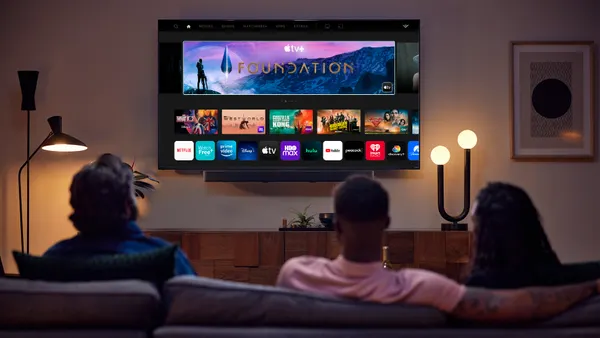Dive Brief:
- Consumer packaged goods (CPG) brands were some of the biggest spenders across the ad holding giant IPG in Q1 2018, with spending up 10% for the quarter, AdExchanger reported. In a call discussing the earnings, IPG CEO Michael Roth said that CPGs may be making a comeback and that marketing cuts are slowing as many brands recognize the value of marketing during low-growth periods.
- However, CPG spending was flat worldwide. IPG will continue investing in data and analytics through IPG Mediabrands' AMP platform to help clients better distribute their marketing spend and generate ROI. Mediabrands, which includes the agencies Cadreon and Reprise, posted growth for Q1, but IPG doesn't break out the numbers. Other success for the company include FCB West winning Hotwire and the launch of R/GA venture studios in Europe and Los Angeles, per The Drum.
- IPG reported $1.77 billion in net revenue in Q1, a 5.9% increase. In the U.S., organic net revenue, which accounts for more than 60% of the company's business, was 4.3%, while international growth was 2.6%. IPG is on track to reach its targeted growth of 2% to 3% for 2018.
Dive Insight:
Roth's comments signal a rare bright spot for traditional agency holding groups, which have been increasingly battered over the past several years as CPG marketers have cut back their budgets amid a slow-growth market and intense competition from e-commerce disruptors like Amazon. One way CPGs can potentially distinguish themselves from a company like Amazon is through stronger branding. However, while some CPGs might be upping their spend, others are seriously adjusting their agency partnerships.
Procter & Gamble, one of the world's largest packaged goods providers, announced earlier this year that it was reducing the number of agencies it works with by 50% with a goal to save $400 million over the next several years. It previously cut its agency roster by 60% and saved $750 million in agency and production fees. The CPG giant is also piloting three new agency models, including a standalone agency combining talent from rivals Publicis, Omnicom and WPP. Nestle is also reportedly planning to cut the number of agencies it works with from eight to as low as four. The marketer reduced the number of digital agency partners it works from 20 down to eight in 2014.
And while increased CPG spending provided IPG a boost in Q1, the ad giant might feel a pinch further down the line as other areas of its business are realigned. Its 12-year contract with the U.S. Army is up for review, per AdExchanger, as is Dunkin’ Donuts' media buying business, which is currently handled by IPG's Trilia shop.












